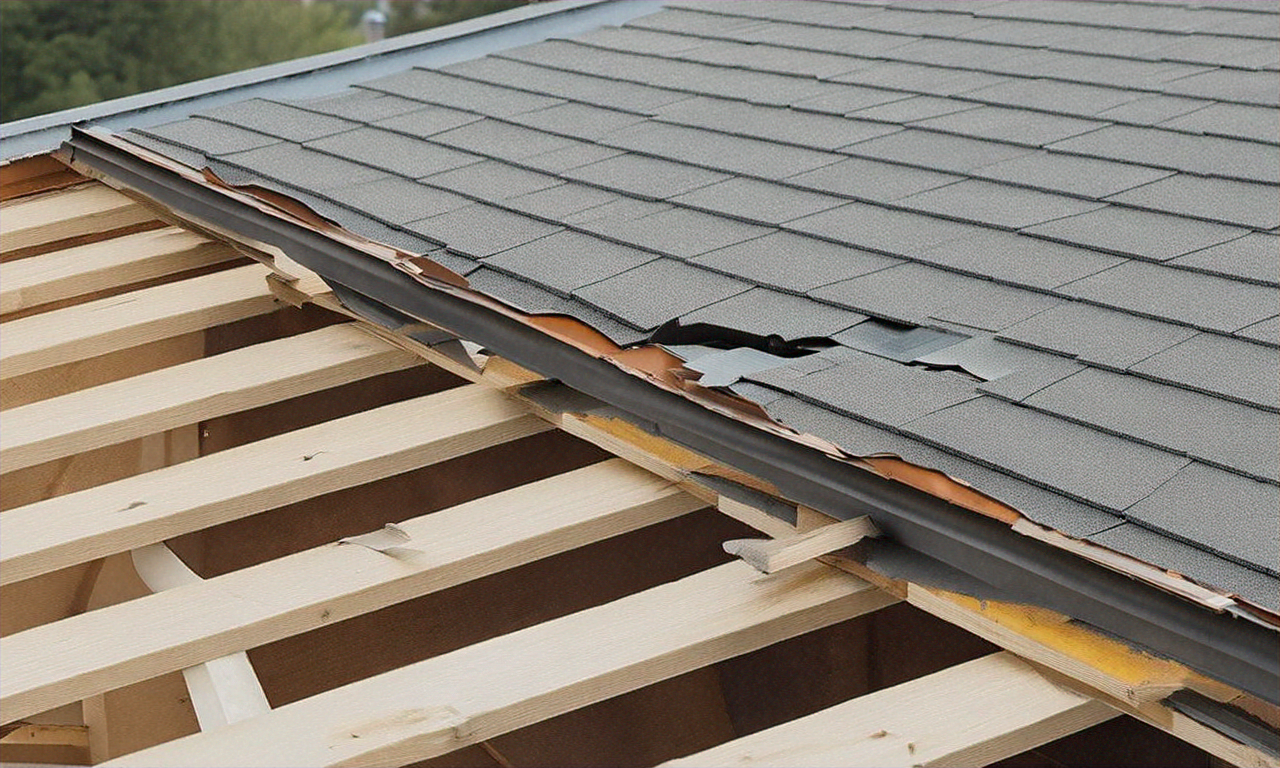Understanding the Potential of Mixed-Use Real Estate in Urban Landscapes
The mixed-use real estate development concept, once considered a daring venture, has emerged as a desirable investment strategy in urban landscapes. This article delves into the history, current trends, potential benefits, and challenges of this unique property type, providing an insightful and comprehensive guide to mixed-use real estate.

A Historical Overview of Mixed-Use Real Estate
Mixed-use real estate, which integrates residential, commercial, cultural, institutional, or entertainment functions into a single property, is not a new concept. Ancient Rome, for instance, featured insulae—multi-story structures with shops on the ground floor and living quarters above. As cities grew and zoning laws evolved, mixed-use properties became less common. However, the 21st century has seen a resurgence in their popularity, spurred by urban population growth and a shift towards efficient land use.
Current Market Trends in Mixed-Use Real Estate
The real estate market is increasingly recognizing the potential of mixed-use developments. They offer a solution to urban land scarcity, and their blend of amenities attracts a variety of tenants, thus diversifying revenue sources for investors. Additionally, as consumers increasingly seek live-work-play convenience, mixed-use properties are perfectly poised to meet this demand.
Benefits of Investing in Mixed-Use Real Estate
Mixed-use properties offer several advantages to investors. They provide a diverse income stream, reducing the risk associated with a single-use property. Additionally, they foster a sense of community, making them attractive to tenants and potentially enhancing their longevity and profitability. Moreover, some cities offer incentives for mixed-use developments in an effort to boost urban revitalization.
Challenges of Mixed-Use Real Estate Investments
While mixed-use properties offer attractive benefits, they also present unique challenges. These include complex zoning regulations, higher construction costs, and the need for a diverse management skill set. Additionally, successful mixed-use developments require careful planning to ensure a harmonious blend of uses that meets market demand.
The Impact of Mixed-Use Real Estate on Urban Landscapes
The rise in mixed-use real estate has the potential to significantly reshape urban landscapes. By creating self-contained communities within city limits, these developments can reduce commuting distances and enhance the quality of urban life. However, they may also exacerbate gentrification and affordability issues if not carefully managed.
In conclusion, mixed-use real estate represents a dynamic and growing segment of the property market. While it comes with unique challenges, its potential benefits—diversified income, urban revitalization, and tenant appeal—make it an investment worth considering for forward-thinking real estate investors.




